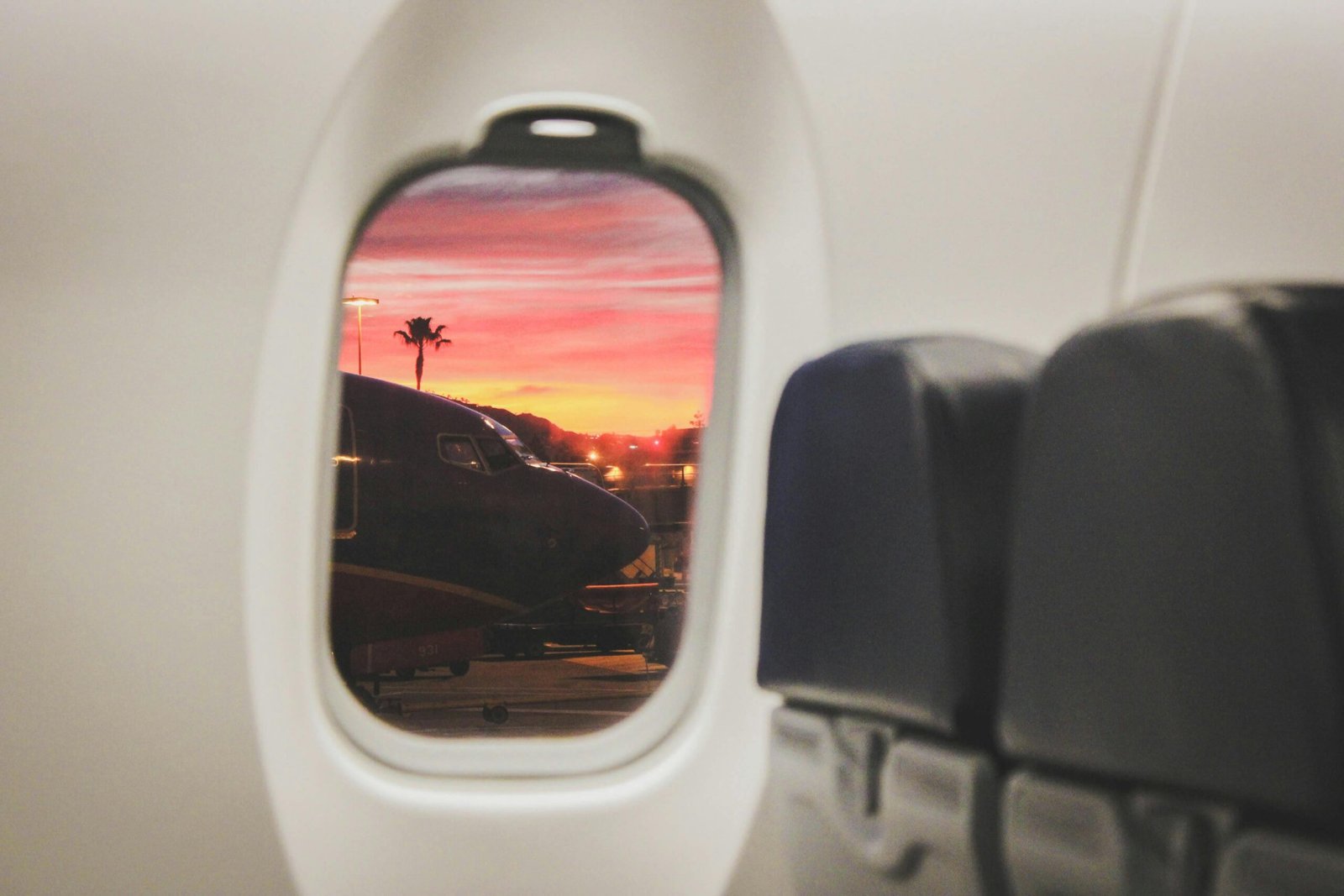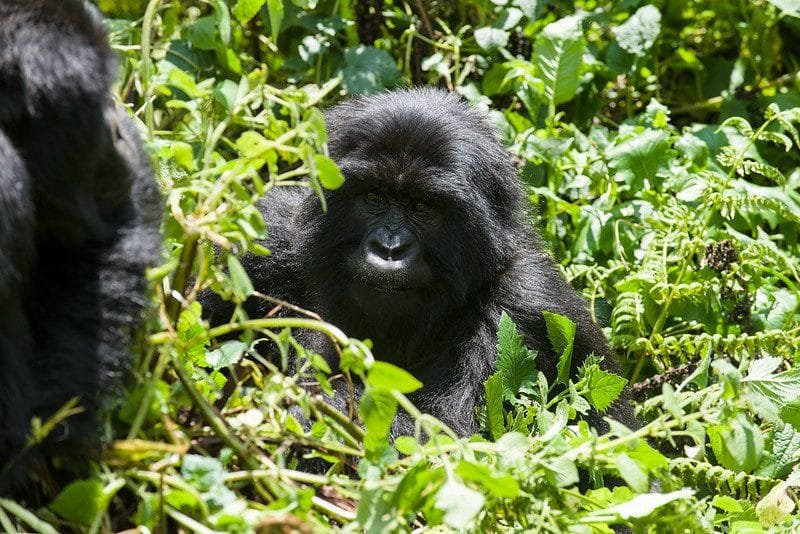
INTERNATIONAL
info@allinafricasafaris.com
INTERNATIONAL, 24/7 Help Support
USA/CANADA | M-F 9:00 am - 5:00 pm

Commonly Asked Questions About Gorilla Trekking Uganda & Rwanda.: These are the frequently asked questions concerning gorilla trekking in Rwanda, Uganda, and the Democratic Republic of the Congo. The majority of tourists often wonder which of the three African nations is the greatest place to go on a gorilla trek. Travelers who want to know if gorilla trekking in Uganda is superior to gorilla trekking in Rwanda or the Democratic Republic of the Congo frequently ask these questions.
Fact: One of the two subspecies of the eastern gorilla is the mountain gorilla, also known as “Gorilla berengei beringei.” There are two gorilla populations in Central Africa’s Virunga volcanic mountains, as well as in three national parks: Mgahinga in southwest Uganda, Volcanoes in northwest Rwanda, and Virunga in the eastern Democratic Republic of the Congo (or “DRC”).
The “IUCN” has designated them as a severely endangered species. Others can be found in Uganda’s Bwindi Impenetrable National Park, which is located in the southwest of the country. The primary tourist destination is about eight to nine hours’ drive from Kampala. As an alternative, you can take a domestic charter or book a flight with Bar Aviation to the Park-Kihihi airstrip, which is the closest airport. The flight will land at 1:30.
No description has been accepted, despite the fact that some primatologists believe that the Bwindi Impenetrable National Park in Uganda might represent a distinct subspecies. This indicates that, as of right now, there are roughly 1065 individuals left in the wild. The majority of tourists who are interested in primates ask the following questions regarding gorilla trekking in Rwanda, Uganda, and the Democratic Republic of the Congo.
Unquestionably, gorilla trekking is an activity that entails climbing Africa’s tropical jungles in order to see mountain gorillas in their native habitat. However, only three East African nations—Uganda, Rwanda, and the Democratic Republic of the Congo—engage in this practice.
Due to their comparable untamed landscapes and habitats, both nations seem to be the ideal destinations for gorilla trekking excursions. Although the accessibility of mountain gorilla groups varies, most tourists wonder if mountain gorilla trekking in Rwanda is similar to gorilla trekking in Uganda. The answer is yes. Even yet, hardly many tourists decide to walk or see the Great Mountain Gorillas in the Democratic Republic of the Congo. However, the park is disorganized because of security issues and services.
Although Rwanda and Uganda have very comparable gorilla trekking and tracking laws and procedures, there are a number of things to take into account when choosing a spot.
Depending on your luck, you could spend anywhere from 30 to 7 hours on your gorilla tour looking for mountain gorillas.
These two nations, Rwanda and Uganda, are home to sizable habituated gorilla groups that are not seen in zoos but instead wander freely across vast tracts of dense forest and other natural habitats. Therefore, how long your gorilla hike is or how open the location is where you are seeing the gorillas matters.
Always take into account your level of physical condition, your desired vacation budget, the gorilla family you wish to see, and the amount of time you have available before organizing a gorilla trek.
Only in Uganda’s Bwindi Impenetrable National Park can visitors participate in the thrilling Gorilla Habituation Experience, where they work alongside researchers and park officials to acclimate endangered mountain gorillas to making eye contact with humans.
Depending on your level of physical fitness, gorilla trekking can be both tough and challenging.
Frequently Asked Questions Concerning Gorilla Trekking in Rwanda and Uganda
Trekking with gorillas in Bwindi
Because of the dense forest, steep terrain, and river crossings, gorilla trekking in Uganda is a little more difficult than in Rwanda. To experience the rare mountain gorillas in the wild, you must be willing, able, and fit enough to traverse the steep terrain in all weather.
Elderly individuals can effectively visit the gorillas and conduct gorilla trekking. For a nominal cost, personal assistants-porters can help you with challenging situations and handle bulky bags.
The local guides are available to assist you in tracking and enjoying future pictures of the endangered mountain gorillas as easily as possible.
Many people in their 70s have tracked the mountain gorilla family in Volcanoes National Park in Rwanda and Bwindi Impenetrable National Park in Uganda. However, many tourists who are not physically fit enough to hike in Rwanda and Uganda return home fatigued and covered in muck. To help you balance on slick terrain, you should only bring a pair of gloves, long-sleeved shirts and pants, and hiking shoes with rubber soles.
To reduce the spread of disease, visitors are only permitted to observe endangered mountain gorillas for a maximum of one hour.
Gorilla trekking permits in gorilla destinations: Rwanda, Uganda, and Congo only allowed people to spend an hour with each habituated gorilla family, provided that the party is not disturbing the gorilla and that the walk was lengthy.
It is necessary for trekkers to maintain a tight distance of 5 to 7 meters from the gorillas. Although it would be simple to touch the gorillas, you are not permitted to do so because they are wild animals.
Unless they are in danger, they are not hazardous species. Take note Because habituated mountain gorillas have been trained to make eye contact with people, they pose no threat.
In addition to witnessing mountain gorillas, visitors can see or visit wildlife in Akagera National Park, track chimpanzees in Nyungwe Forest, visit the Dian Fossey Museum, and explore the local marketplaces and the Kigali Genocide Memorial. Furthermore, Rwanda is a stunning, verdant country with thousands of hills. The national parks and reserves of Uganda, Kenya, and Tanzania are superior than other Rwandan wildlife parks in terms of biodiversity and management quality.
In Rwanda and Uganda, tracking chimpanzees is done similarly to tracking mountain gorillas because the two species are closely related, with 95–98% of their DNA being shared. The Kibale Forest National Park in Uganda is the finest place to see chimpanzees.






